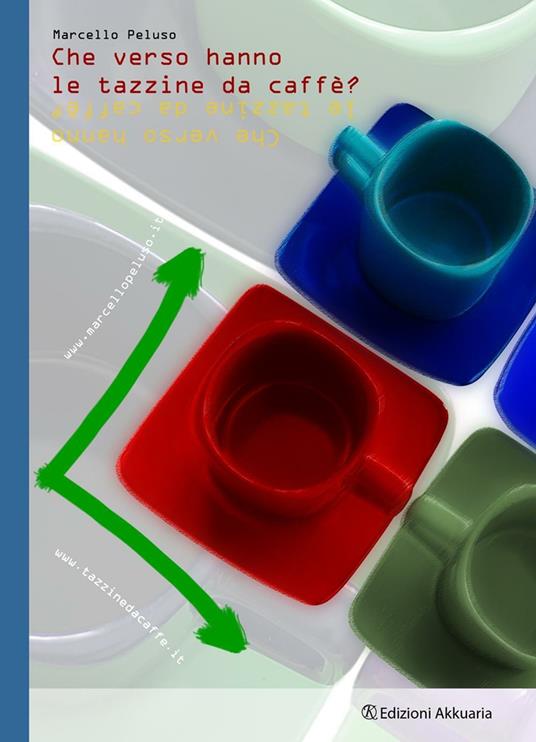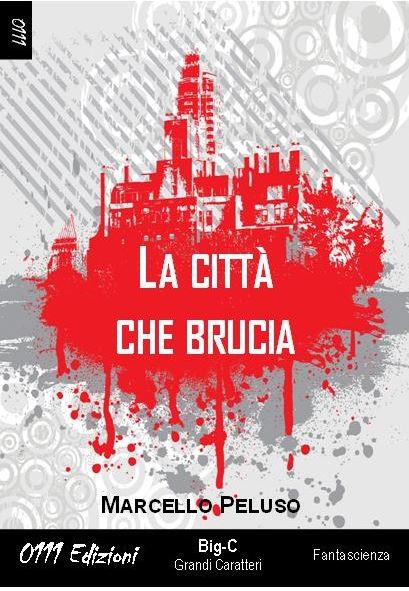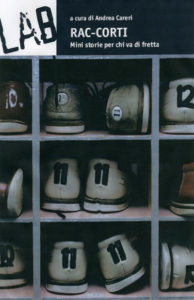Che verso hanno le tazzine da caffè?

Che verso hanno le tazzine da caffè? (Which way do the coffee cups face?) by Marcello Peluso, first published by Akkuaria Edizioni in 2007, is a witty and introspective social novel exploring alienation and digital identity in the early Internet age.
Synopsis
The novel takes place in what the author calls the first century after the Internet. The protagonist, Luca, is a thirty-something research analyst whose life has grown monotonous and emotionally hollow. Dissatisfied with his superficial job, disconnected relationships, and an increasingly image-driven society, he slips into the world of online chatrooms through his friend Tonino.
What begins as a distraction turns into an existential plunge into virtual connections and digital illusions, blurring the boundaries between real and virtual life.
Through a series of encounters—some comical, others deeply melancholic—Luca’s life becomes intertwined with avatars, anonymous friendships, and fleeting cyber-romances, which reveal both the seduction and emptiness of contemporary communication.
His search for meaning amid digital noise becomes a journey of self-awareness and loneliness, marked by irony and emotional fragility.
Literary Style and Themes
Peluso merges satire and psychology to critique the society of appearance and the emotional numbness of hyperconnectivity. His concise, conversational style and clever dialogue immerse the reader in the paradox of a world where screens connect people yet isolate them more than ever.
The title (Which way do the coffee cups face?), becomes a gentle irony: a metaphor for intimacy lost in technological mediation—the sound that no longer exists when human connection becomes virtual.
A later updated version titled “Relazione complicata: Che verso hanno le tazzine da caffè? 2.0” (2013) reviewed the theme, expanding Peluso’s commentary on the evolution of digital relationships and social disillusionment.
La città che brucia

Synopsis
Set in a bleak future version of Italy (particularly its southern regions) the story follows Jenny and Mario, two sixteen-year-olds who leave the “Underground,” a network of subterranean shelters where people have retreated to escape the surface world. The surface, now a vast toxic wasteland ruled by an elite group known only as “Them,” has become uninhabitable due to radiation, pollution, and warfare. On their journey through the ashes of civilization, the protagonists encounter death squads, superstitious tribes, and “monkey children” surviving among garbage heaps. These surreal and brutal encounters reflect the collapse of human values — a society where language, freedom, and empathy have been outlawed. Yet amid devastation, Mario and Jenny find a glimmer of hope: a secret resistance movement fighting back against “Them”. With mythical undertones, the story even revives the Monaciello, a mischievous Neapolitan folk spirit, turning legend into a symbol of hope and rebellion.Themes
Marcello uses speculative fiction to deliver a powerful political and ecological allegory. The devastated Italy symbolizes a broader European—and human—crisis, where environmental disaster merges with dictatorship and cultural amnesia. Themes of silence, repression, and survival echo his earlier works dedicated to moral conscience and social awareness (such as “Non capisco”).La città che brucia is a dark coming-of-age odyssey that fuses science fiction, social critique, and Neapolitan cultural myth, depicting both the ruin and resilience of the human spirit in a world literally and morally in flames.
Rac-corti

The book “Rac-Corti: mini storie per chi va di fretta”, edited by Andrea Careri and published by Giulio Perrone Editore LAB in Rome, 2008, is a literary collection devoted to the art of the short short story – compact narrative moments distilled into just a few pages.
About the "Rac-Corti" Series
The Rac-Corti series gathers micro-stories written by emerging and independent Italian authors. The title plays on the Italian word “racconti” (stories) and “corti” (short), emphasizing brevity and immediacy. As described by contemporary accounts, these are “small pieces of life, moments captured and crystallized on the written page, fragments of thought, and creative experiments”. The collection curated by Careri belongs to the early series launched by Giulio Perrone Editore LAB, a branch of the publisher that cultivated literary experimentation, new voices, and accessible fiction for readers “in a hurry”, those who seek quality storytelling in compact form.
“Non capisco” by Marcello Peluso
Marcello Peluso’s short story Non capisco (translated as I Don’t Understand) is a brief yet highly impactful narrative dedicated "to the innocent victims of the Camorra", the Neapolitan criminal organization. Originally included in the Rac-Corti anthology and later released as a standalone eBook, “Non capisco” unfolds as a monologue of a young boy from the outskirts of Naples: a voice attempting to make sense of life, injustice, and death in a region overshadowed by organized crime. The phrase “non capisco” becomes a refrain of impotence and disillusionment: the narrator reflects on honesty, lost dreams, and moral confusion in a place where human life can be destroyed by criminal violence. The Camorra is not represented through direct scenes of crime, but rather through its psychological and social aftermath: how it invades ordinary life, corrodes trust, and diminishes hope for change.
